Rising from a rocky peninsula at the northeastern tip of Loch Awe, Kilchurn Castle is one of Scotland’s most evocative ruins—a place where mist, mountains, and memory converge. With its crumbling towers and commanding views, Kilchurn is more than a photogenic relic. It’s a monument to clan ambition, military strategy, and the enduring spirit of the Highlands.
Whether you arrive by boat, footpath, or roadside viewpoint, Kilchurn Castle offers a journey into the heart of Argyll’s history and landscape.
🏰 The Castle: From Fortress to Ruin
Kilchurn Castle was built in the mid-15th century by Sir Colin Campbell, 1st Lord of Glenorchy, a powerful figure in the rising fortunes of Clan Campbell. Originally constructed as a five-storey tower house, the castle was expanded over the centuries to include barracks, a courtyard, and defensive walls. Its strategic location—guarding the northern end of Loch Awe and near the junction of key Highland routes—made it a vital stronghold.
By the 17th century, Kilchurn had evolved into a garrison fortress, capable of housing 200 troops. During the Jacobite uprisings of the 18th century, it was briefly used as a government outpost. But after a lightning strike damaged the structure in 1760, the castle was abandoned and left to the elements.
Today, Kilchurn stands as a romantic ruin, managed by Historic Environment Scotland. Visitors can explore its vaulted chambers, climb the tower for panoramic views, and imagine life within its walls during the turbulent centuries of clan warfare and royal rebellion.
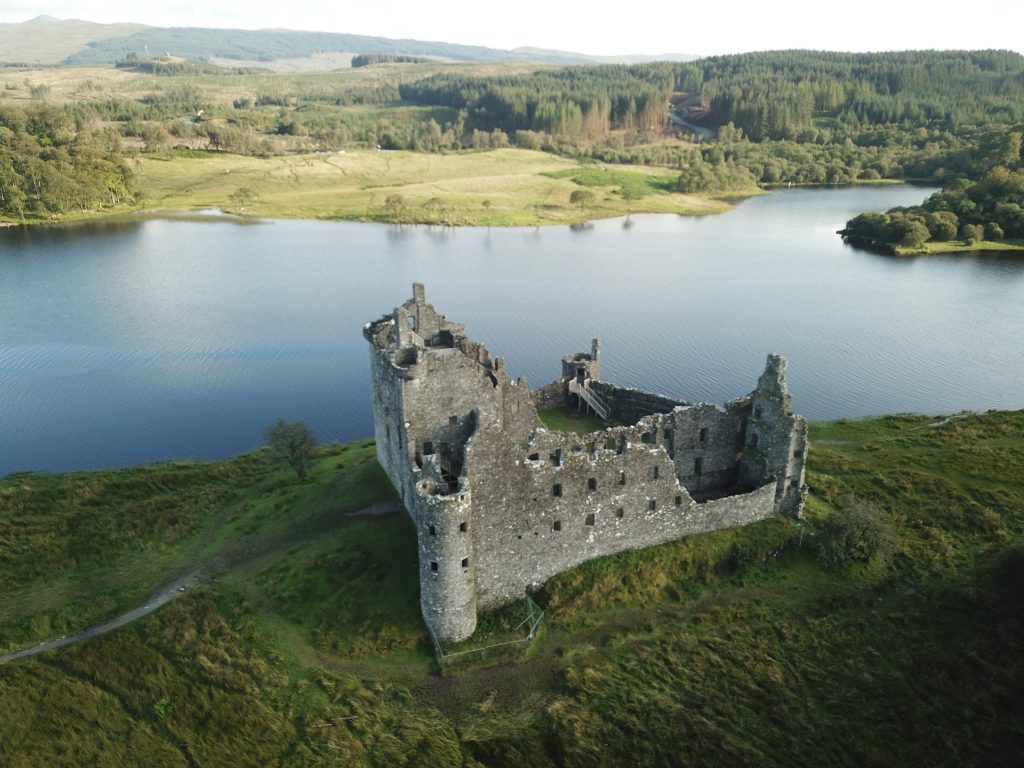
🛡️ Clan Connections: The Campbells of Glenorchy
Kilchurn Castle is inseparable from the legacy of Clan Campbell, one of the most influential clans in Scottish history. Specifically, it was the seat of the Campbells of Glenorchy, a powerful branch of the clan known for their political savvy and military might.
- Sir Duncan Campbell, 1st Baronet of Glenorchy, expanded the castle and played a key role in 17th-century Scottish politics.
- The Campbells of Glenorchy later became the Earls of Breadalbane, with their seat moving to Taymouth Castle in Perthshire.
- The broader Clan Campbell held vast lands across Argyll and were staunch supporters of the Crown during the Jacobite conflicts, often clashing with clans loyal to the Stuart cause.
Kilchurn was a symbol of Campbell dominance in the region—a stone sentinel watching over Loch Awe and the surrounding glens.
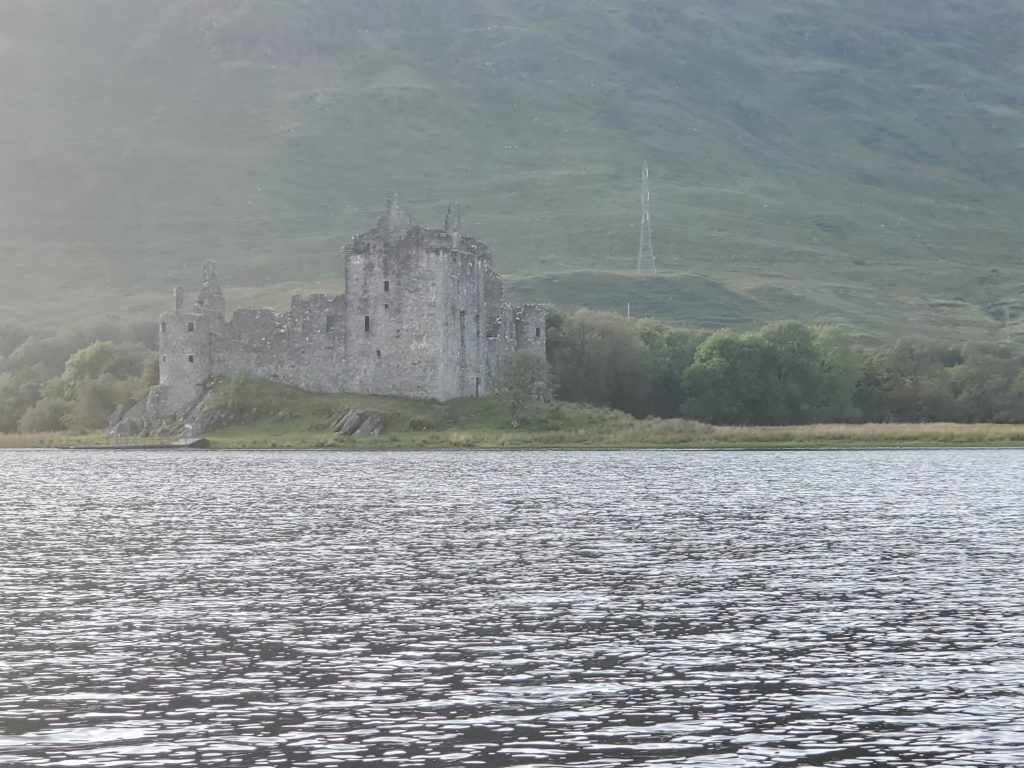
🏞️ The Landscape: Loch Awe and Beyond
Loch Awe is Scotland’s longest freshwater loch, stretching over 25 miles through a landscape of forested hills, rugged peaks, and scattered islands. Kilchurn Castle sits at its northern end, with views southward toward Ben Cruachan, a towering Munro that dominates the skyline.
The loch is rich in wildlife, folklore, and fishing opportunities. Its waters are said to be home to a mythical creature—less famous than Nessie, but no less beloved by locals. The loch’s islands once housed hermits, monks, and clan hideouts, adding layers of mystery to its serene surface.
🏘️ Surrounding Communities: Lochawe, Dalmally, and Beyond
- Lochawe Village: Just across the loch from the castle, this small settlement grew around the railway station built in the 1880s. It’s home to St Conan’s Kirk, a whimsical and architecturally unique church built by Walter Douglas Campbell, a member of the same clan that built Kilchurn. The kirk honors Scottish history and includes a symbolic tomb of Robert the Bruce.
- Dalmally: A few miles northeast, Dalmally is a quiet village with strong ties to Clan MacGregor, whose lands once stretched across Glenstrae and Glen Orchy. The village church contains memorials to clan members and offers views of the surrounding hills.
- Inveraray: Though farther afield, Inveraray is the ancestral seat of the Dukes of Argyll, heads of Clan Campbell. Inveraray Castle, still occupied by the family, is a grand estate that showcases the clan’s enduring influence.
These communities preserve the cultural and historical threads of the region, from Gaelic traditions to clan legacies.
🧭 Visiting Kilchurn Castle Today
Access to Kilchurn Castle is seasonal and weather-dependent. In summer, visitors can reach the site via a short walk from a roadside parking area near Dalmally. In wetter months, the path may be flooded, and the castle becomes accessible only by boat.
Once inside, you can:
- Climb the tower for sweeping views of Loch Awe and Ben Cruachan.
- Explore the great hall, barracks, and courtyard.
- Discover interpretive panels that explain the castle’s history and architecture.
It’s a favorite spot for photographers, history buffs, and anyone seeking a moment of quiet reflection in a place where time seems to stand still.
Final Thoughts
Kilchurn Castle is more than a ruin—it’s a storyteller. Its stones whisper of clan ambition, royal intrigue, and the shifting tides of Scottish history. Standing on its battlements, gazing across Loch Awe, you feel the weight of centuries and the pulse of the Highlands.
Whether you’re tracing your clan roots, hiking the hills, or simply chasing beauty, Kilchurn offers a journey into Scotland’s soul. And like all great journeys, it begins with a castle, a loch, and a legend.
Sources:
- Historic Environment Scotland: Kilchurn Castle
- Clan Campbell Society UK
- VisitScotland: Argyll & The Isles
- Undiscovered Scotland: Kilchurn Castle and Loch Awe
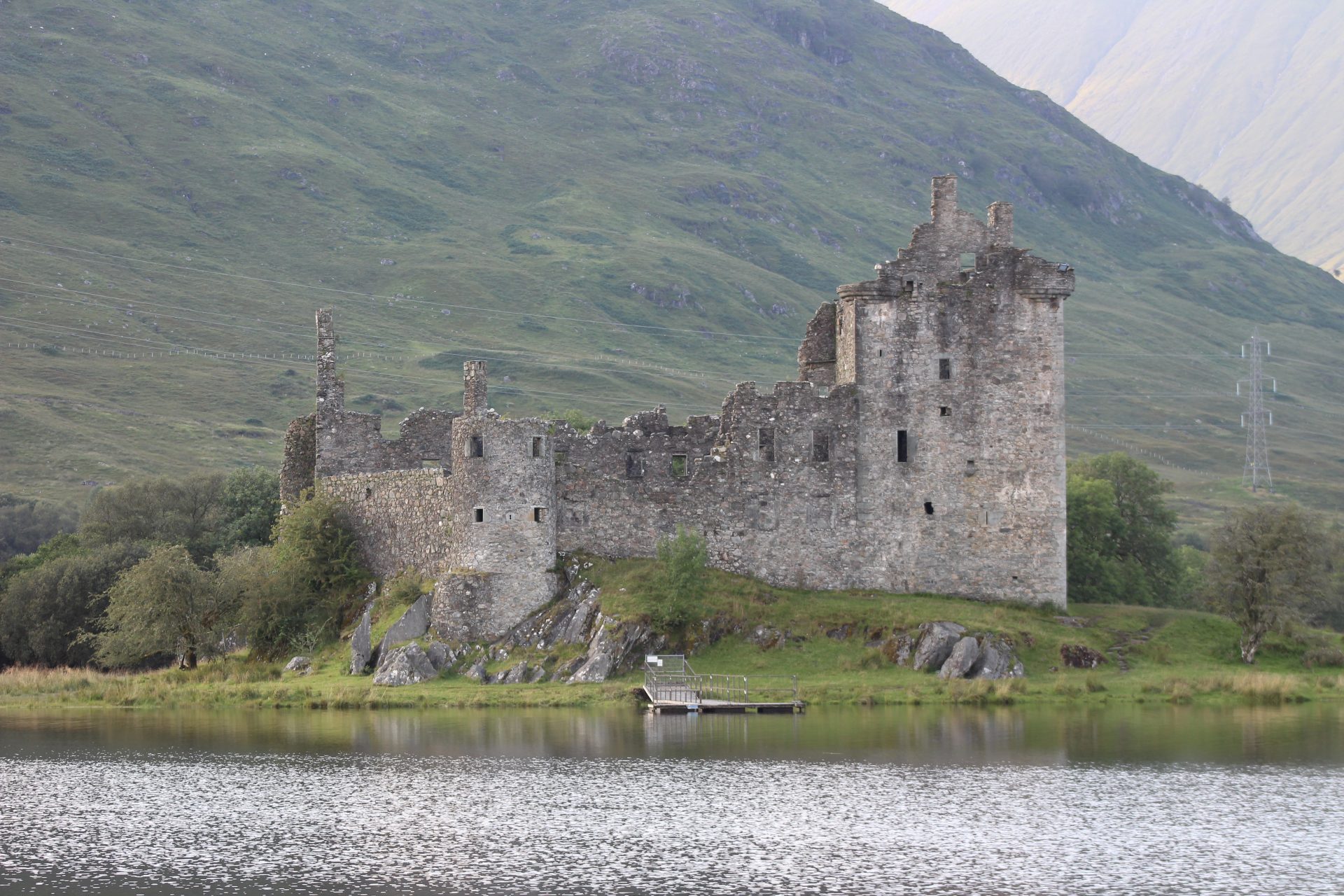
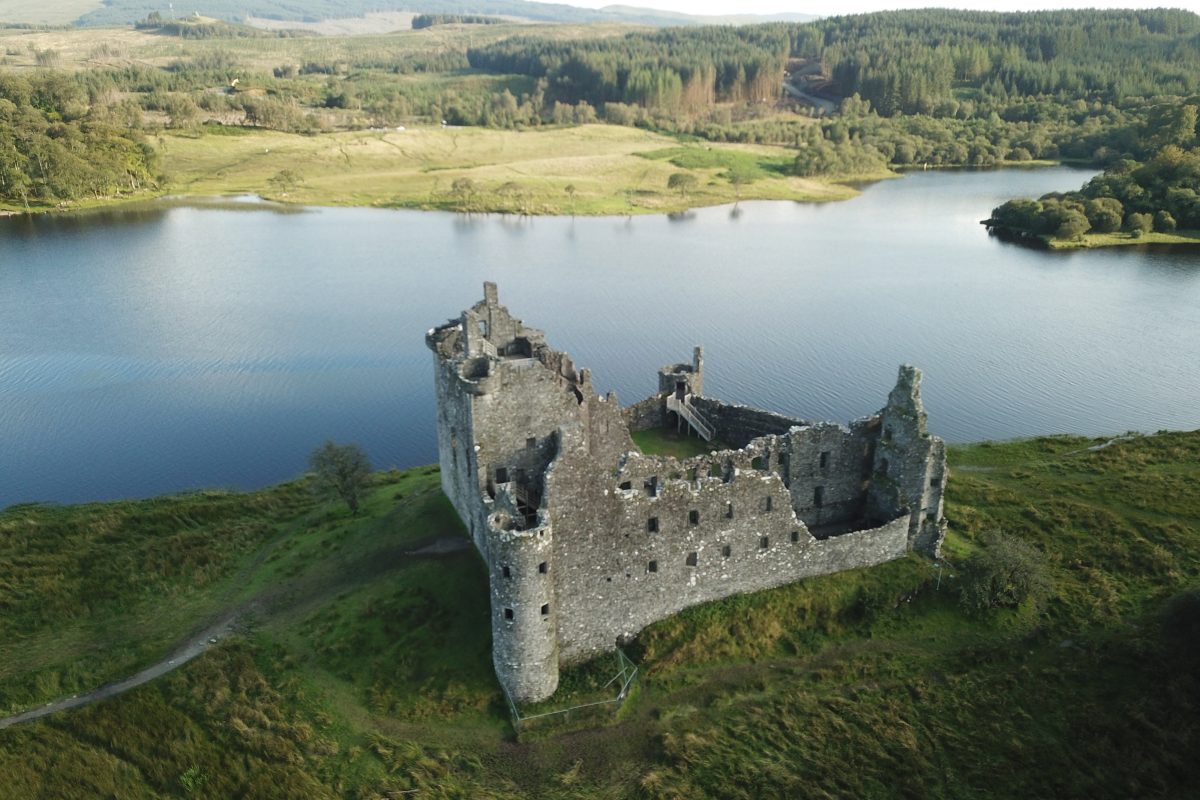
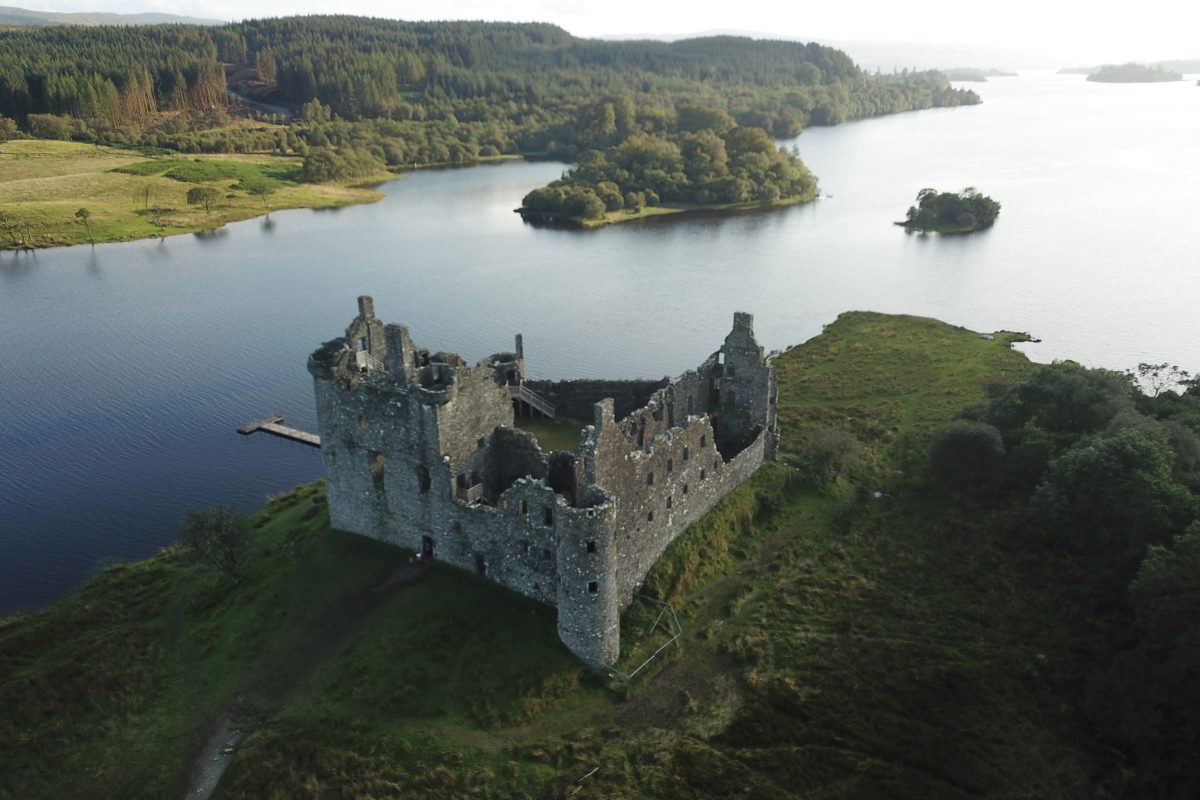
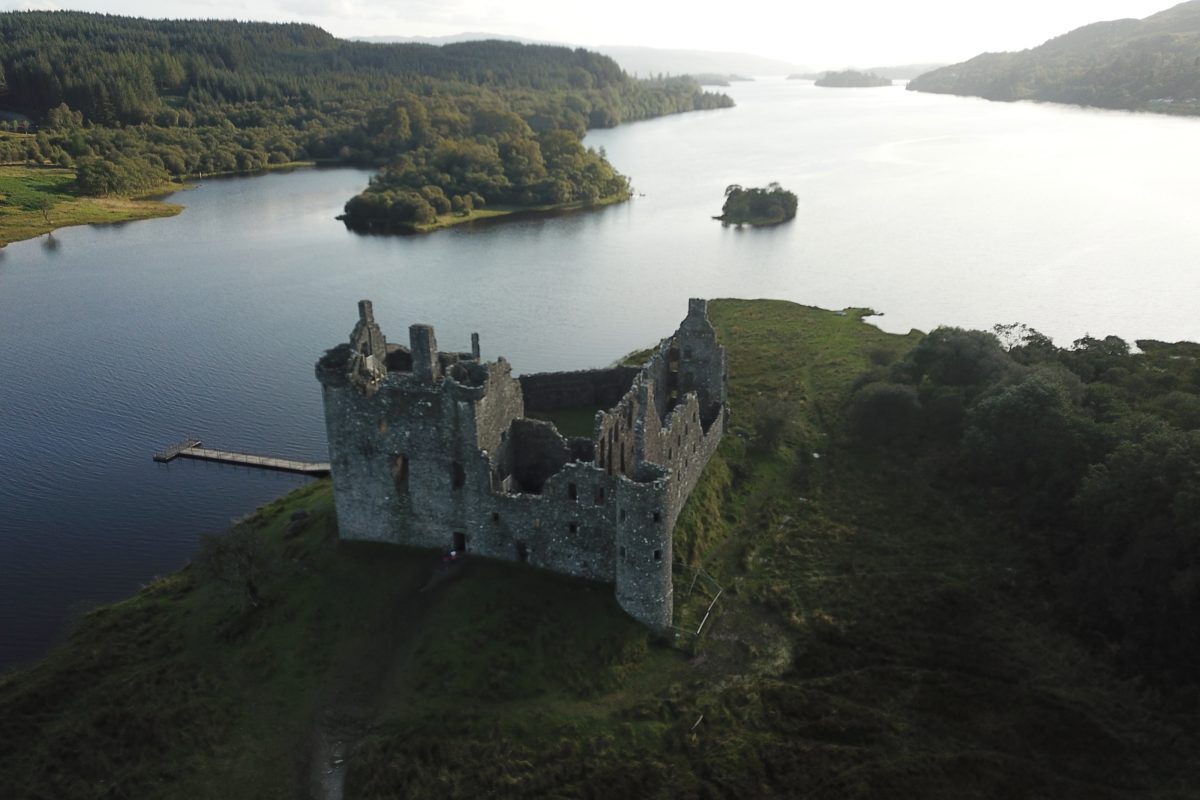
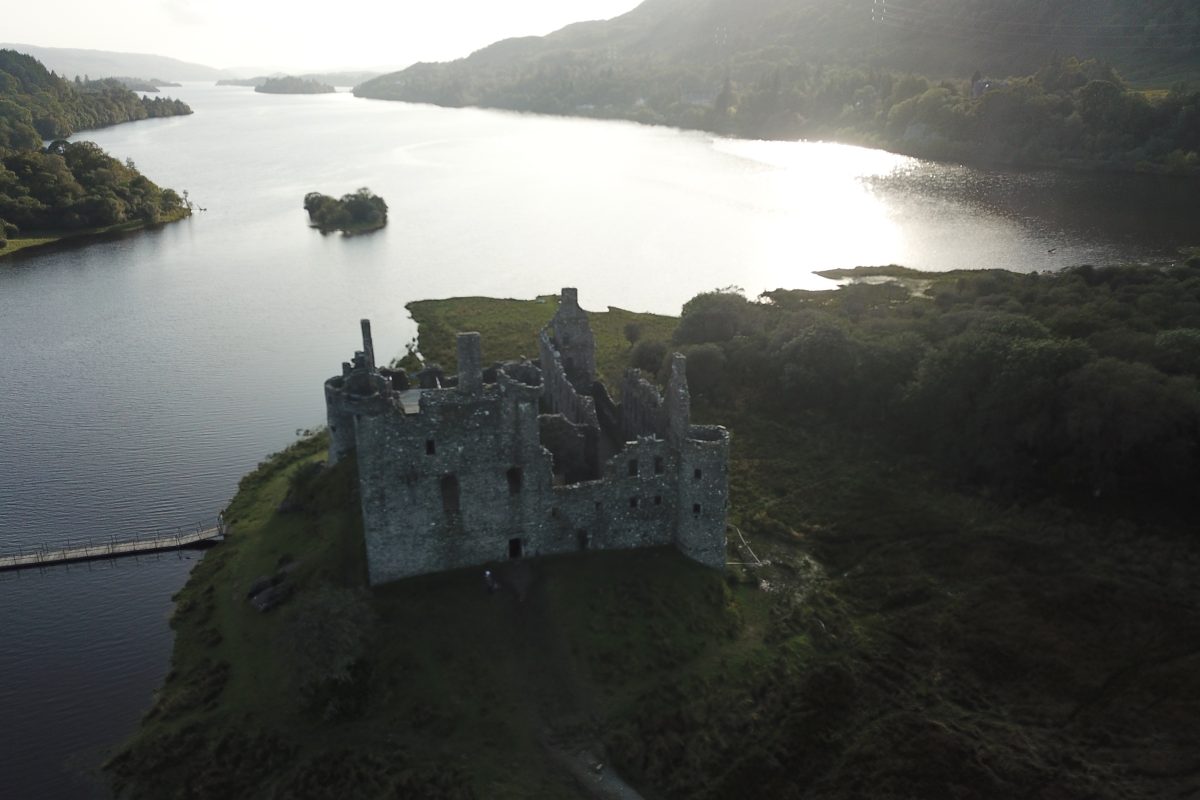
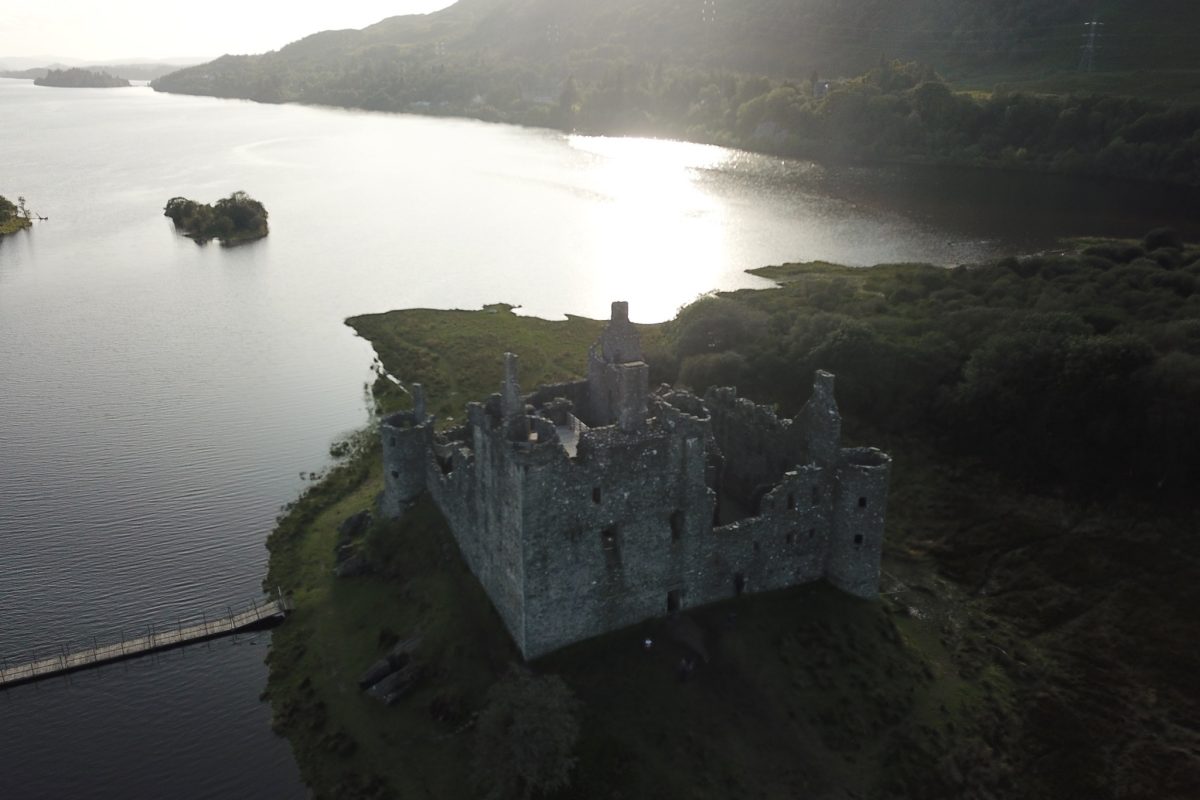
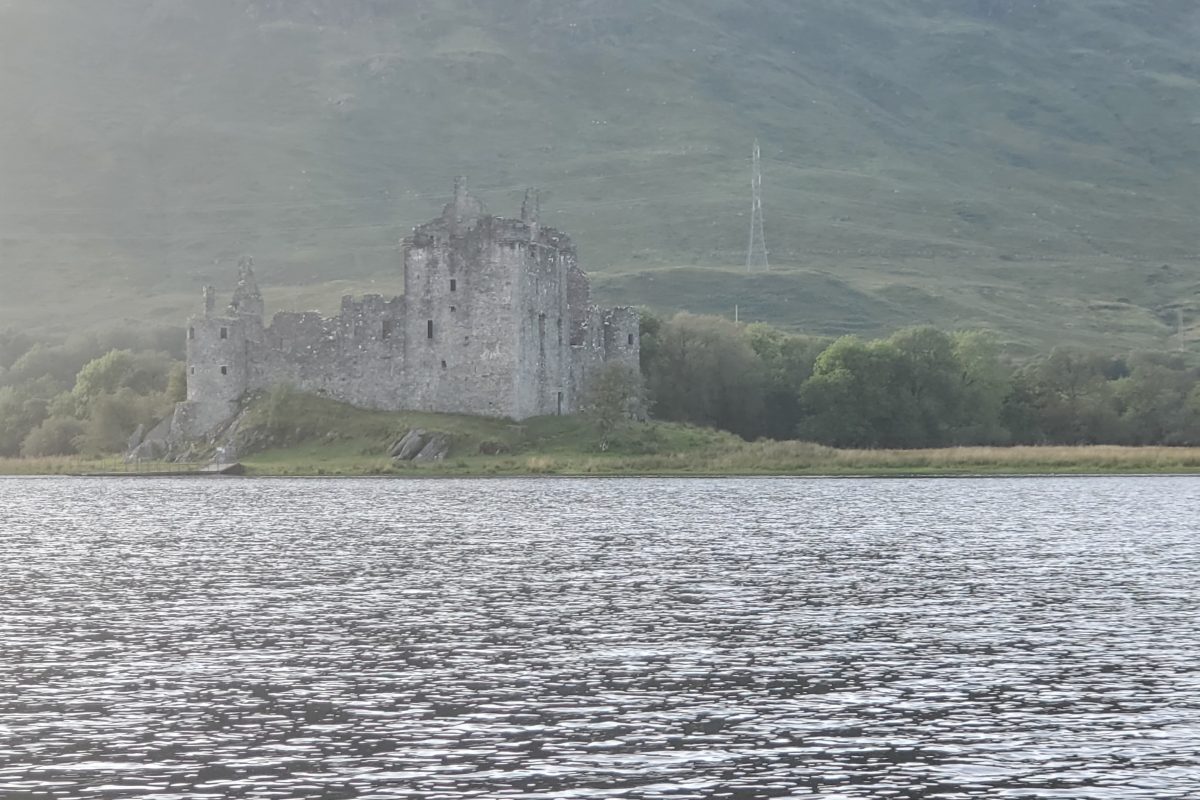
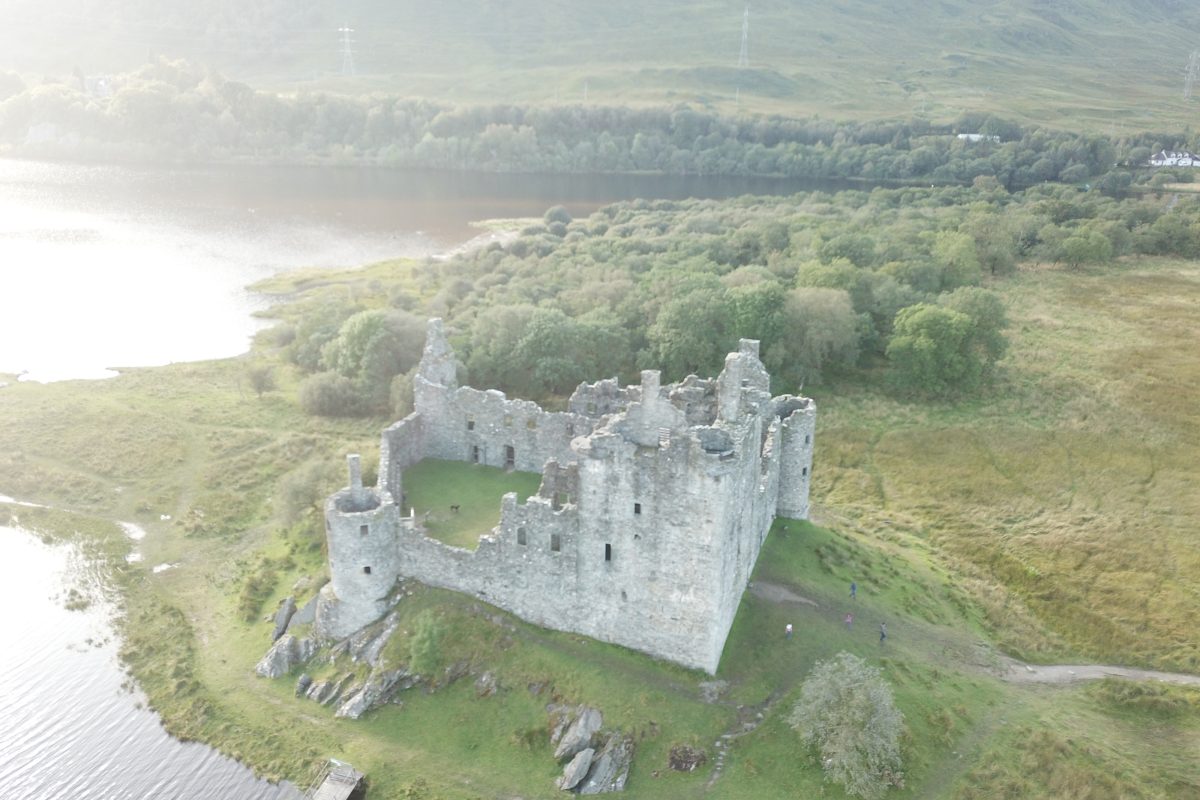
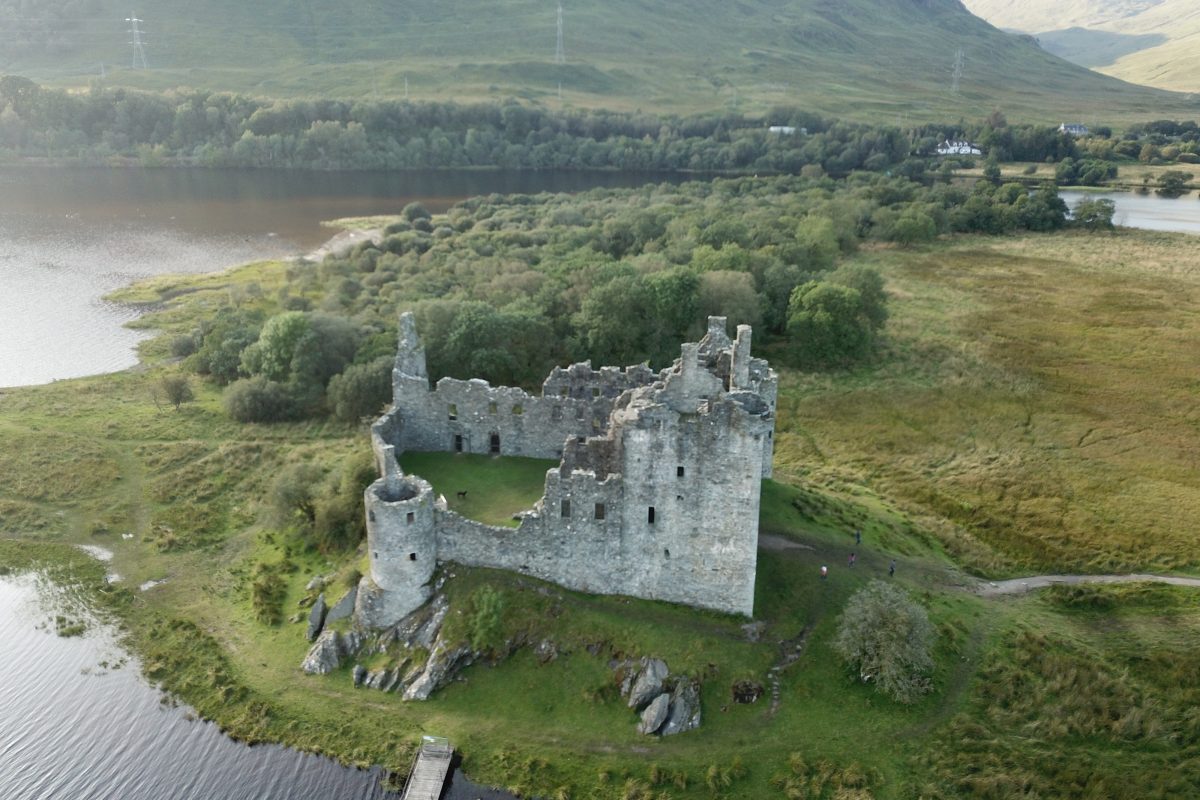
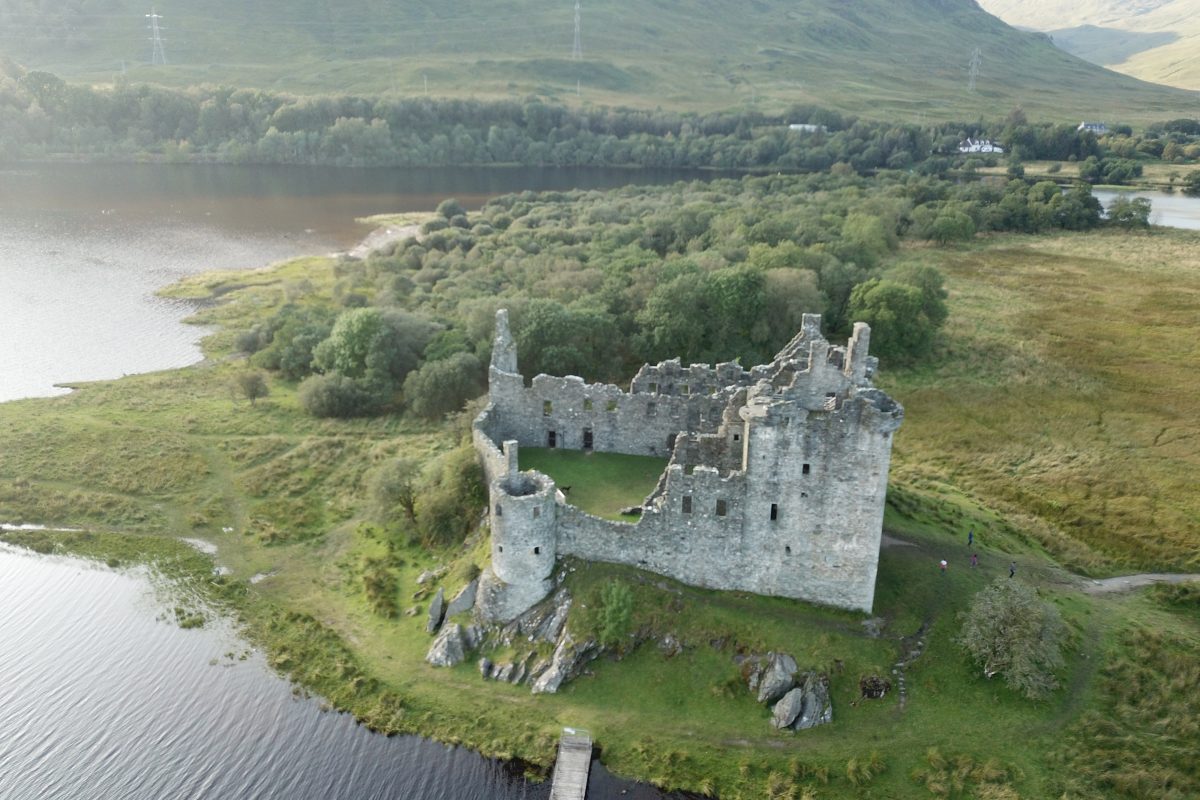
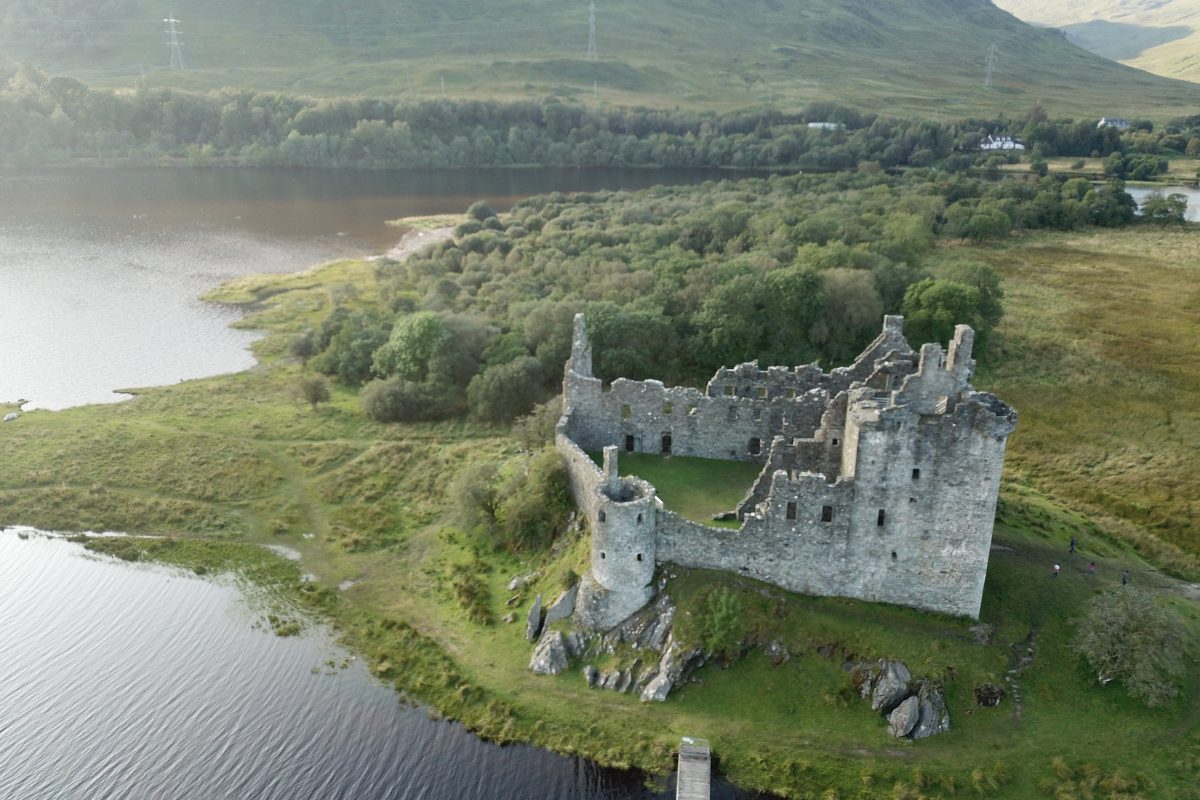
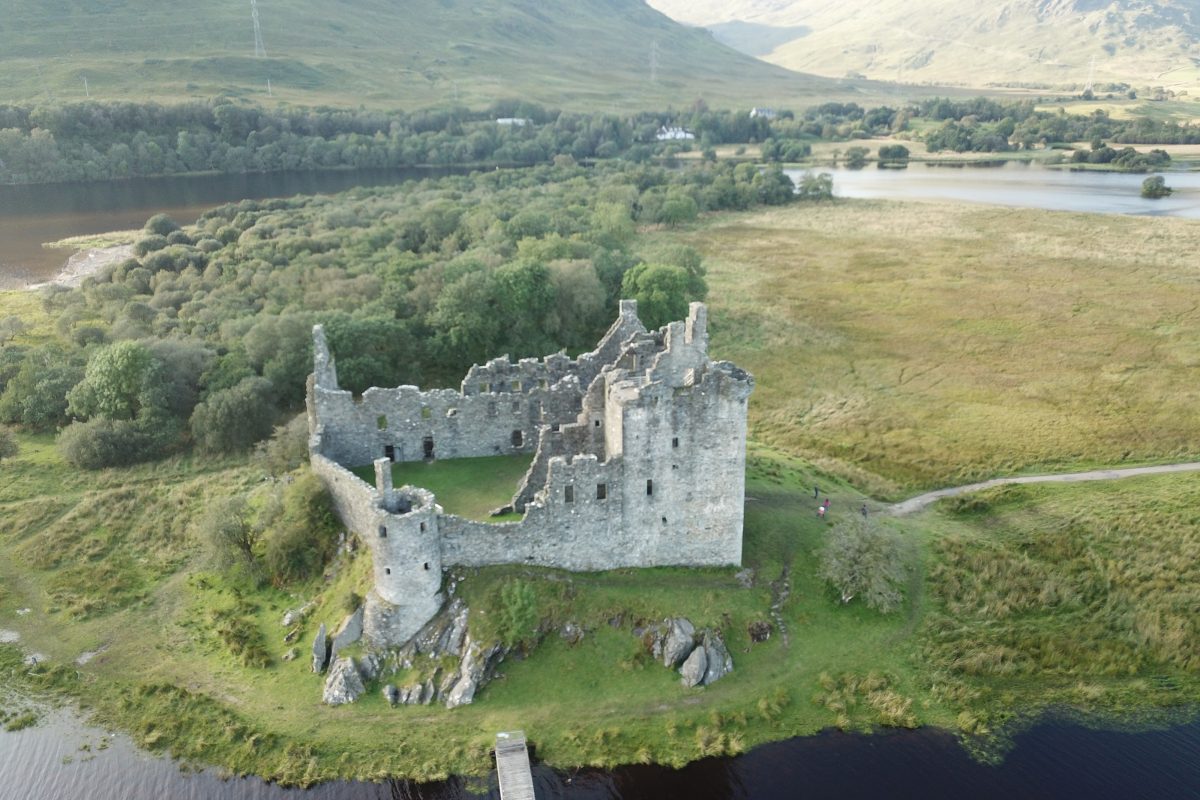
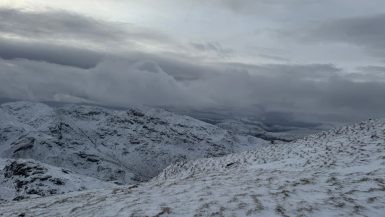
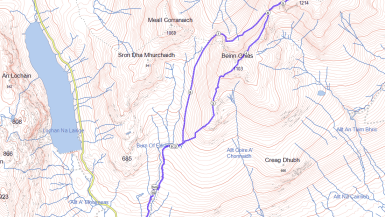
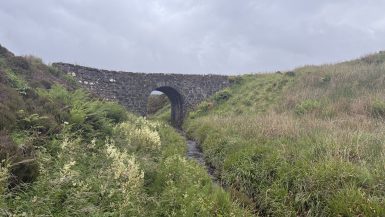
Leave a reply
You must be logged in to post a comment.